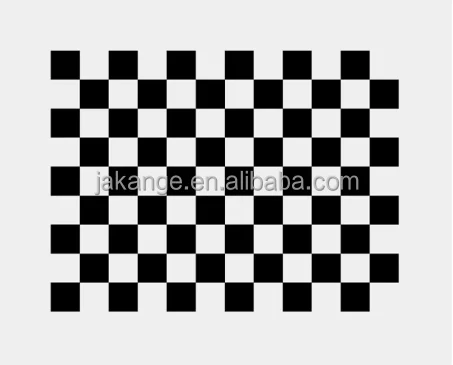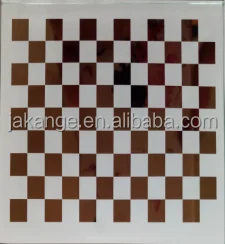Ever wondered how machines sense the world around them? And thanks to a technology called computer vision and machine vision, machines can understand pictures and videos, in much the same way that our eyes and brains work! Computer vision and machine vision rely on cameras and sensors to take photos and videos. Then, they rely on intelligent computer programs to help them decide what they are seeing. This cool technology revolutionizes the way we can interact with machines and our environment.
One of the popular applications of computer vision and machine vision is in security applications. These systems can also learn to watch video and analyze what they find quickly enough to locate and follow objects, people and activities. This technology makes us safer by alerting security workers to potential threats and unusual behavior. But computer vision and machine vision are not just for vigilance—they are also in play in smart things like self-driving cars, drones and robots. These are the ones that are automatically able to navigate and make decisions on their own using computer vision and machine vision.

There are a lot of different jobs that use computer vision and machine vision. In health care, this technology allows doctors to look inside our bodies, to detect diseases and to help in surgeries. In agriculture, computer vision and machine vision aid checking crops, locating pests and automatizing the harvest. In stores, it enables the management of inventory and understanding of customers and can enable a cashierless checkout. The potential is limitless, and as tech continues to advance, we will see far more interesting applications in the years to come.

Although used interchangeably by many, computer vision and machine vision have a small difference. Computer vision focuses mainly on and understands pictures, whereas machine vision integrates picture data with other types of information to make decisions and do things. In other words, computer vision “sees” and explains images, while machine vision “sees” and acts on the images it sees. Both will be necessary for creating intelligent machines that can perceive and interact with the world.

With the development of computer vision technology and the continuous improvement of machine vision technology, there is a bright future and urgent challenge for vision applications. One of the major challenges is ensuring that the computer programs analyzing images are accurate and reliable. There is also the challenge of protecting our privacy: These technologies capture and store tremendous amounts of visual information. Yet, the possibilities are just as tantalizing—from improved health care to more efficiently run factories, computer vision and machine vision have the potential to transform industries and our way of life in various ways.